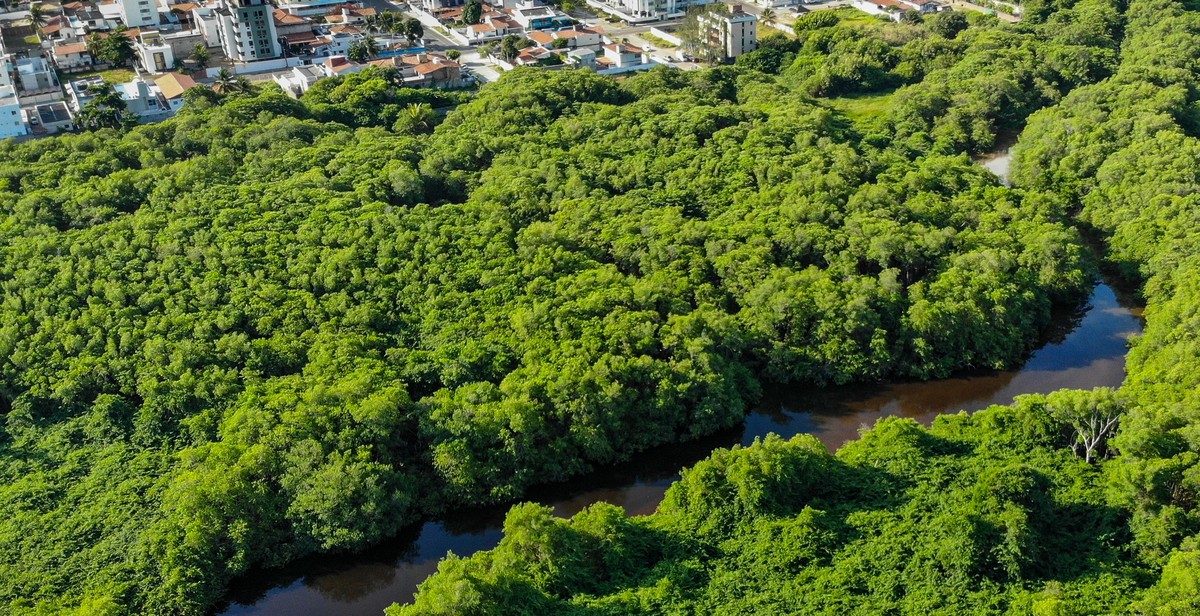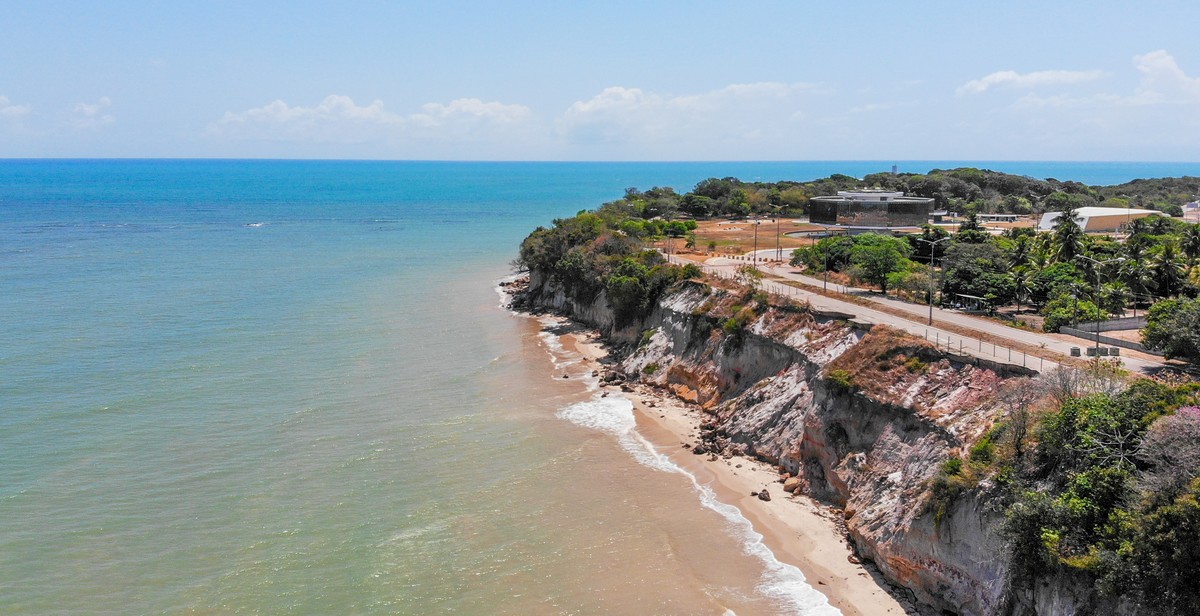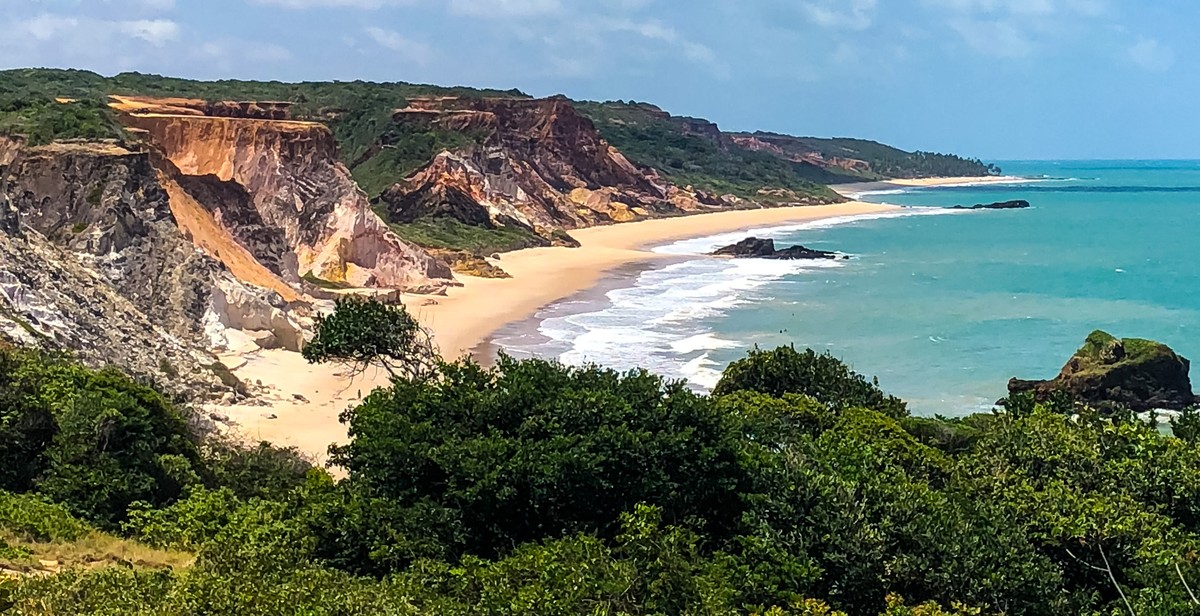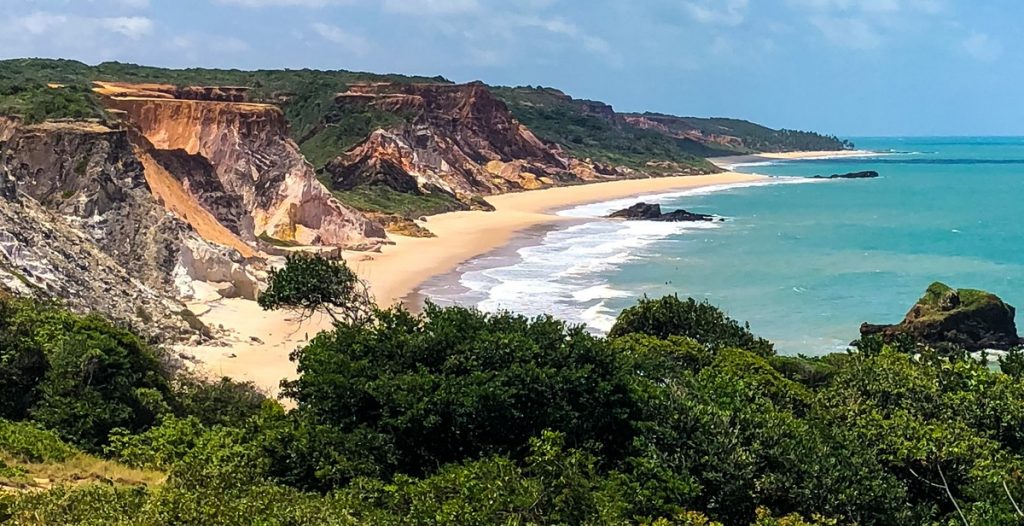The Rare and Exquisite World of Paraiba Tourmaline: Understanding This Precious Gemstone
Paraiba tourmaline is one of the most exquisite and rarest gemstones in the world. This precious stone is known for its unique and vibrant blue-green color, which is caused by the presence of copper and manganese in its crystal structure. Its rarity and beauty have made it a highly sought-after gemstone among collectors, investors, and jewelry enthusiasts alike.
Paraiba tourmaline was first discovered in the early 1980s in the Brazilian state of Paraiba, which is where its name comes from. Since then, it has also been found in other parts of Brazil, as well as in Mozambique and Nigeria. However, the Brazilian Paraiba tourmaline is still considered the most valuable and rarest of them all, due to its unique color and limited supply.
Aside from its stunning appearance, Paraiba tourmaline also has some interesting physical properties. It has a high refractive index and a strong fluorescence, which makes it even more attractive when viewed under UV light. Its hardness also makes it a durable gemstone that is suitable for use in various types of jewelry.
In this article, we will delve deeper into the world of Paraiba tourmaline, exploring its history, properties, and uses. Whether you are a gemstone enthusiast or simply curious about this precious stone, read on to discover more about the rare and exquisite world of Paraiba tourmaline.

What is Paraiba Tourmaline?
Paraiba Tourmaline is a rare and exquisite gemstone that is highly valued for its unique and striking color. It is a member of the tourmaline family, which is known for its wide range of colors and varieties.
Origin of Paraiba Tourmaline
Paraiba Tourmaline was first discovered in the late 1980s in the Brazilian state of Paraiba. It was found in copper-rich mines in the region, and its unique color was attributed to the presence of copper and manganese in the crystal structure.
Since then, Paraiba Tourmaline has also been found in other countries such as Mozambique and Nigeria, but the Brazilian stones are still considered the most valuable and sought after.
Properties of Paraiba Tourmaline
Paraiba Tourmaline is known for its vivid and intense blue-green color, which is often described as “neon” or “electric.” This color is due to the presence of copper in the crystal lattice, which absorbs certain wavelengths of light and reflects others.
In addition to its unique color, Paraiba Tourmaline also has a high level of clarity and brilliance. It has a hardness of 7-7.5 on the Mohs scale, which makes it durable enough for everyday wear.
Paraiba Tourmaline is also known for its rarity and exclusivity. Due to its limited supply and high demand, it is one of the most expensive gemstones in the world.
| Color | Blue-green |
|---|---|
| Hardness | 7-7.5 on the Mohs scale |
| Clarity | High |
| Brilliance | High |
| Rarity | Very rare and expensive |

The Rarity of Paraiba Tourmaline
Paraiba tourmaline is one of the rarest and most valuable gemstones in the world. It was first discovered in the late 1980s in the Paraiba state of Brazil. Since then, the gemstone has been found in only a few other locations, including Mozambique and Nigeria.
Limited Supply of Paraiba Tourmaline
The limited supply of Paraiba tourmaline is due to the gemstone’s unique chemical composition. It contains copper, which gives it its distinctive neon blue-green color. However, the copper content is very low, making it difficult to find large, high-quality stones.
Additionally, Paraiba tourmaline is only found in small, pocket-like deposits. This makes it challenging to mine and extract the gemstone without damaging the surrounding rock.
Demand for Paraiba Tourmaline
The rarity of Paraiba tourmaline has made it highly sought after by collectors and investors. Its stunning color and limited availability have led to high prices at auction houses and gemstone dealers around the world.
Many jewelry designers and manufacturers also covet Paraiba tourmaline for its unique beauty. It is often used as the centerpiece of high-end jewelry pieces, such as necklaces, earrings, and rings.
| Pros | Cons |
|---|---|
| Extremely rare and valuable | Difficult to mine and extract |
| Distinctive neon blue-green color | Low copper content makes it hard to find large, high-quality stones |
| High demand from collectors and investors | Only found in small, pocket-like deposits |
Overall, the rarity of Paraiba tourmaline makes it a highly prized gemstone in the world of jewelry and gemstone collecting. Its unique color and limited availability have made it a favorite among collectors and investors, and its beauty continues to captivate jewelry lovers around the world.

The Value of Paraiba Tourmaline
Paraiba Tourmaline is one of the most valuable gemstones in the world, prized for its rarity, beauty, and unique color. The value of Paraiba Tourmaline is determined by several factors, including:
Factors Affecting the Value of Paraiba Tourmaline
- Color: The most important factor affecting the value of Paraiba Tourmaline is its color. The most desirable color is a vivid, bright blue-green, often referred to as “neon” or “electric” blue-green. The more intense and saturated the color, the more valuable the gemstone.
- Clarity: Like all gemstones, Paraiba Tourmaline is graded on its clarity. The fewer inclusions and blemishes, the more valuable the stone.
- Size: Larger Paraiba Tourmaline gemstones are rarer and more valuable than smaller ones.
- Origin: Paraiba Tourmaline was first discovered in Brazil, but it has since been found in other parts of the world, including Mozambique and Nigeria. Brazilian Paraiba Tourmaline is the most valuable and sought-after, followed by Mozambique and Nigerian stones.
Pricing of Paraiba Tourmaline
Paraiba Tourmaline is one of the most expensive gemstones in the world, with prices ranging from $10,000 to $50,000 per carat for high-quality stones. The price of Paraiba Tourmaline is influenced by several factors, including:
- Color: The more intense and saturated the blue-green color, the more expensive the stone.
- Clarity: Stones with fewer inclusions and blemishes command higher prices.
- Size: Larger stones are rarer and more valuable than smaller ones.
- Origin: Brazilian stones are the most expensive, followed by Mozambique and Nigerian stones.
- Treatment: Natural, untreated stones are more valuable than those that have been treated or enhanced in any way.
| Origin | Average Price per Carat |
|---|---|
| Brazil | $30,000 – $50,000 |
| Mozambique | $10,000 – $20,000 |
| Nigeria | $5,000 – $10,000 |

Caring for Paraiba Tourmaline
Paraiba Tourmaline is a rare and precious gemstone that requires proper care and maintenance to preserve its beauty and value. Here are some tips on how to care for your Paraiba Tourmaline:
Cleaning Paraiba Tourmaline
Paraiba Tourmaline should be cleaned regularly to maintain its brilliance and sparkle. However, it is important to avoid harsh chemicals and abrasive cleaning methods that can damage the gemstone. Here are some safe and effective ways to clean your Paraiba Tourmaline:
- Use a soft, lint-free cloth to gently wipe the surface of the gemstone.
- Soak the gemstone in warm water with a mild soap solution for a few minutes, then rinse thoroughly with water and dry with a soft cloth.
- Avoid using ultrasonic cleaners or steam cleaners, as they can cause damage to the gemstone.
Storing Paraiba Tourmaline
Proper storage is important to prevent damage or scratches to your Paraiba Tourmaline. Here are some tips on how to store your gemstone:
- Store your Paraiba Tourmaline separately from other jewelry to avoid scratches and damage.
- Wrap your gemstone in a soft cloth or tissue paper and store it in a jewelry box or pouch.
- Avoid exposing your Paraiba Tourmaline to extreme temperature changes or direct sunlight, as this can cause damage to the gemstone.
| Cleaning | Storing |
|---|---|
| Use a soft, lint-free cloth Soak in mild soap solution Avoid harsh chemicals and cleaners |
Store separately from other jewelry Wrap in soft cloth or tissue paper Avoid extreme temperature changes and direct sunlight |

Conclusion
Paraiba tourmaline is a rare and exquisite gemstone that has captured the attention of many in the jewelry industry. Its unique, vivid blue-green color is a result of the presence of copper and manganese, and it is found in only a few locations around the world.
Understanding the characteristics and properties of Paraiba tourmaline is essential for anyone looking to invest in this precious gemstone. Its rarity and beauty make it a highly sought-after stone, and its value is expected to continue to rise in the coming years.
When purchasing Paraiba tourmaline, it is important to work with a reputable dealer who can provide a certificate of authenticity and disclose any treatments or enhancements that may have been applied to the stone.
Whether you are a collector, investor, or simply an admirer of fine jewelry, Paraiba tourmaline is a gemstone that is sure to capture your heart and imagination. Its unique beauty and rarity make it a treasure that will be cherished for generations to come.
- Paraiba tourmaline is a rare and exquisite gemstone that has captured the attention of many in the jewelry industry.
- Understanding the characteristics and properties of Paraiba tourmaline is essential for anyone looking to invest in this precious gemstone.
- When purchasing Paraiba tourmaline, it is important to work with a reputable dealer who can provide a certificate of authenticity and disclose any treatments or enhancements that may have been applied to the stone.
Overall, Paraiba tourmaline is a true wonder of the gemstone world. Its rarity, beauty, and unique properties make it a treasure that will be cherished for generations to come.

